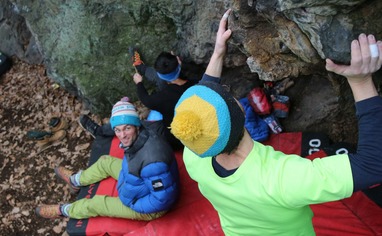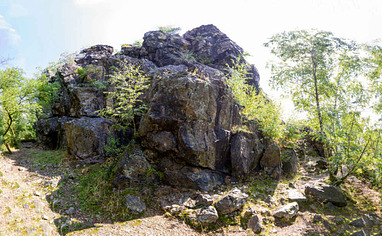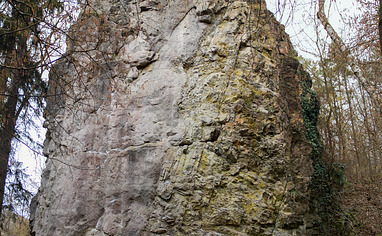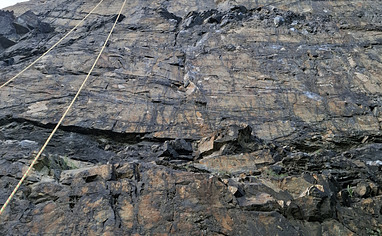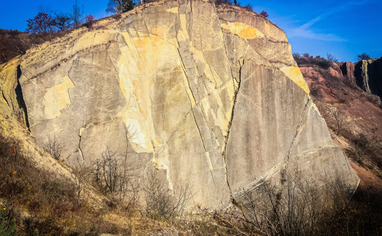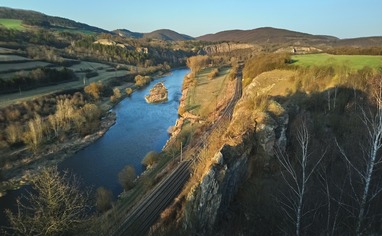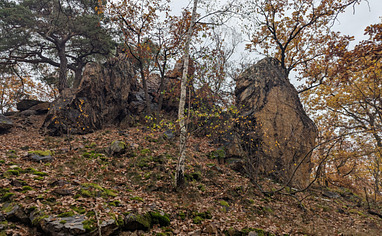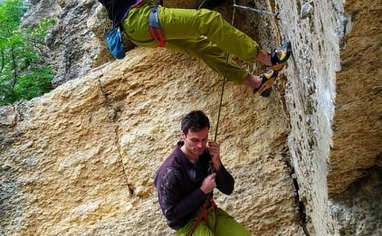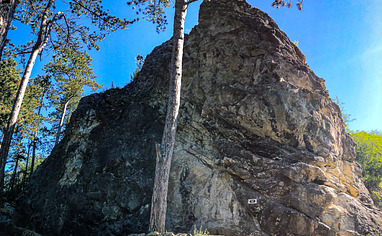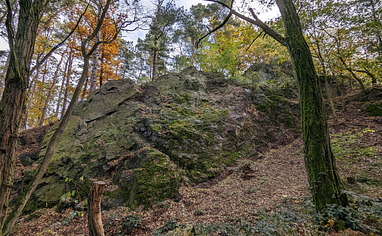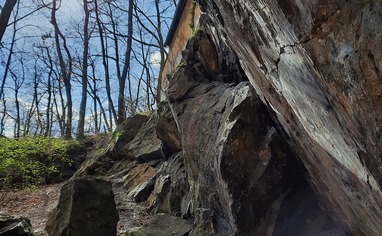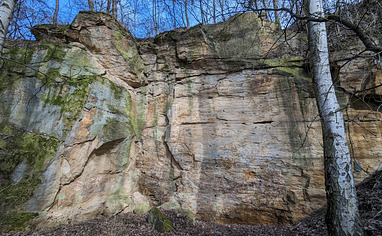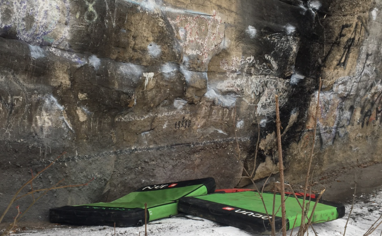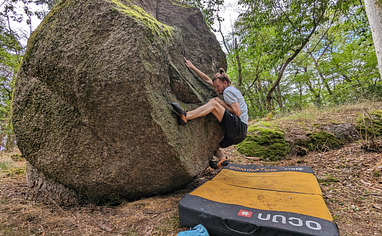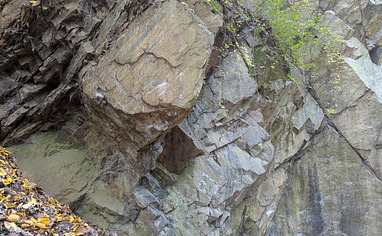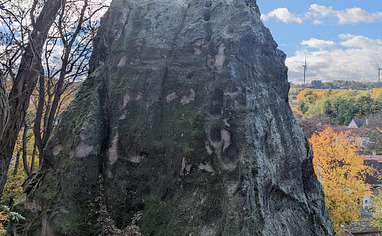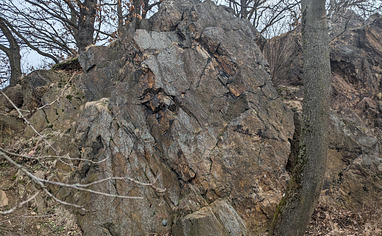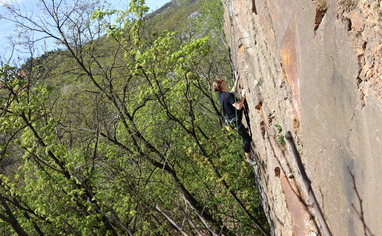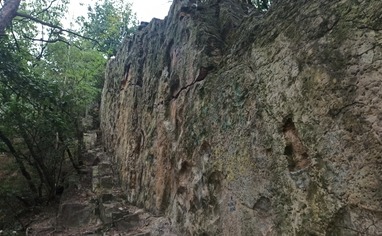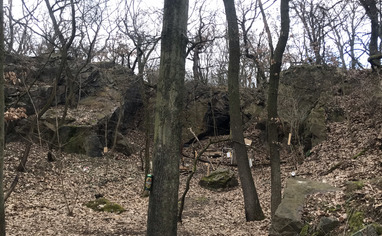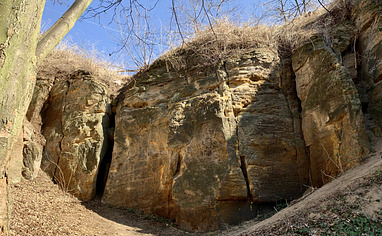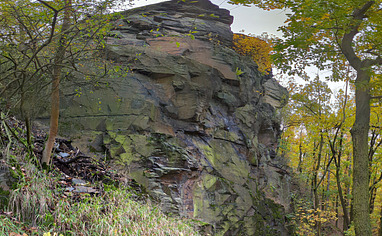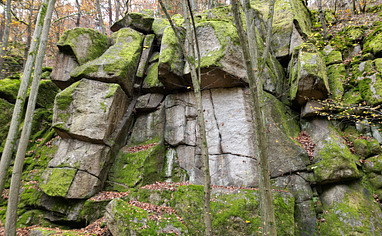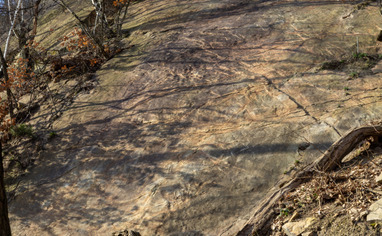Rock Climbing in Prague, Czech Republic
By Prague, we refer to the region of the Czech Republic around its capitol and the immediate area falling into its East and West districts. The area stretches about 25 km, or one hour driving from the city centre, and is very varied! There are some crags cradling the very edge and some that are as close to the city centre as can be. Prague is a historic city, so there is a nice contrast between the modern and the old. Forests around the capitol are littered by mediaeval forts and castles. The nature here is in line with the temperate climate, with green forests and meadows dotted by rock formations. Sport climbing is more prevalent, with several modest crags being situated in the city proper. There are also several traditional climbing spots and a moderate bouldering community, which keeps on growing. Nearly all climbing spots are covered in Premium, maintained by locals who keep adding and updating the local guides. The best time to visit Prague is in the spring and autumn. During these times the forests are alive with both flora and animals. Temperatures are between 10-20 degrees, giving us ideal conditions for climbing. The temperatures are highest in August, reaching 33 degrees, with high humidity. Winters are in the more bearable range, usually being around -5 degrees, but temperatures vary year from year. Winters are a good time for sandstone projecting. There is no unifying rock type to be found here, as we have everything. From granite to sandstone, nearly every rock type has a crag. The most “characteristic” is Lydite (Chert). A sharp sedimentary rock making up the Bohemian massif area. It's best known for its clean crimps and edges. Prague is a very easy place to get to. We have an international airport, train station and even a bus station connecting the city to the rest of Europe. Being situated in Central Europe, it´s also quite common to drive here. Having one of the best public transport systems in the world, it’s also quite easy to get to the majority of crags via public transit. Approaches to climbs vary, but only rarely are longer than 20 minutes on foot from the nearest public transit or car park. No approach gear is necessary. Sport climbs are commonly 20 meters high, but get up to 60 on occasion. They are well bolted in the “Czech style” (a bit spacy, but safe). Trad climbing is bound by a strict code of ethics, which must be adhered to. More information can be found at the website of the Czech mountaineering organization: https://horosvaz.cz While in nature remember: ➡️ Do not damage nature, keep it clean and tidy ➡️ Use only access and descent routes (if designated) ➡️ Obey landowners' signs, nature conservation authorities, forest managers and other authorised bodies It is prohibited to: ➡️ Alter the surface of the rocks in any way to repair or create holds and stupas ➡️ Use winter climbing equipment ➡️ Damage the surface of rocks with ropes (e.g. friction during top-rope technique) ➡️ Adding rock clips to finished routes
Prague topos
1606 routes in 25 crags
Photos
85 photos shared by 23 climbers
Travel info
Best season
Spring and autumn
How to get there?
Many options: driving, by train or by plane.
Where to sleep?
Plenty of options in the city
Other activites
Many things to do in the city!
Get Prague climbing guide to your smartphone
The most detailed climbing guide from Prague starting at €4.16 / month.


- 1606 climbing routes with high-quality topo images and detailed descriptions from Prague
- The subscription also includes access to other 4821 Premium crags around the world
- Find crags and boulders with ease using in-app GPS
- Use topos even when there's no Internet connection
